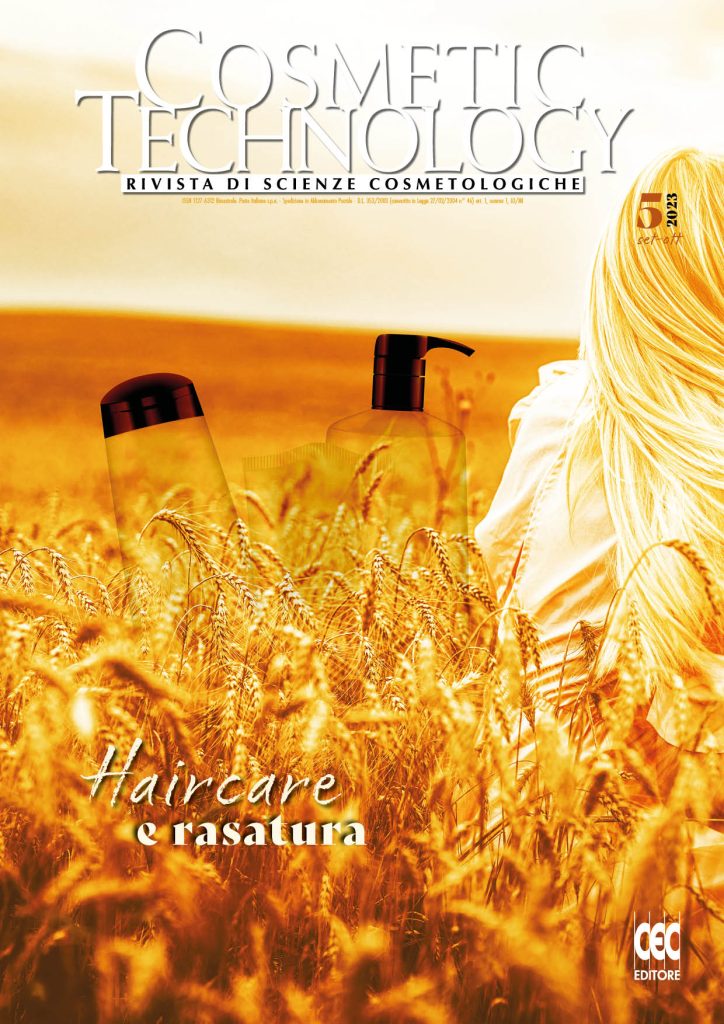Sources of antioxidants from agricultural waste:
an example of circular economy
Extraction and characterization of natural antioxidants for cosmetic use
The aim of the project was the development of green methods for the extraction of cosmetic functional molecules from residual plant matrices of the agro-food chain, transforming waste materials into high value-added products. The target of extraction was represented by chlorogenic acid (CGA), a polyphenol with antioxidant properties present in several vegetables, including blueberries. In particular, a protocol has been developed for the preparation of CGA-rich phytocomplexes with high antioxidant power, starting from blueberry fruit and leaves waste. Extraction techniques have been tested in order to preserve molecule activity in addition to several purification techniques, optimizing the protocol to be functional and economical for an industrial application. According to nuclear magnetic resonance and high-performance liquid chromatography techniques, it was possible to characterize the phytocomplexes, composed by CGA, citric acid and lipids. The phytocomplexes have been tested alone and in cosmetic preparations to prove their antioxidant power and their potential use as natural origin raw materials. The results indicate that phytocomplexes obtained from blueberry fruits and leaves waste are effective both as preservants of the product and as active ingredient to protect the skin from oxidative stress.
L’obiettivo del progetto è stato la messa a punto di metodi green per l’estrazione di molecole con attività a funzionalità cosmetica a partire da matrici vegetali residue della filiera agroalimentare, trasformando materiali di scarto in prodotti ad alto valore aggiunto. Il target di estrazione è stato l’acido clorogenico (CGA), un polifenolo con proprietà antiossidanti presente in diversi vegetali, tra cui la pianta di mirtillo. è stato sviluppato un protocollo per la preparazione di fitocomplessi ad alto potere antiossidante a partire da scarti di frutti e foglie di mirtillo. Sono state testate tecniche estrattive in modo da preservare l’attività della molecola d’interesse e diverse tecniche di purificazione, ottimizzando il protocollo affinché fosse funzionale ed economico per un’applicazione industriale. Grazie a tecniche di risonanza magnetica nucleare e di cromatografia liquida ad alte prestazioni, è stato possibile caratterizzare i fitocomplessi, composti da CGA, acido citrico e lipidi. I fitocomplessi sono stati testati come tali e all’interno di preparazioni cosmetiche per comprovarne il potere antiossidante e il potenziale utilizzo come materie prime di origine naturale. I risultati indicano che i fitocomplessi ottenuti sono efficaci sia come preservanti del prodotto che come ingredienti attivi per proteggere la pelle da stress ossidativo.


